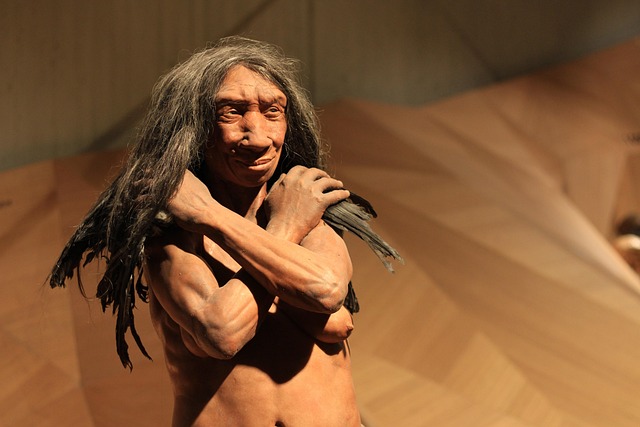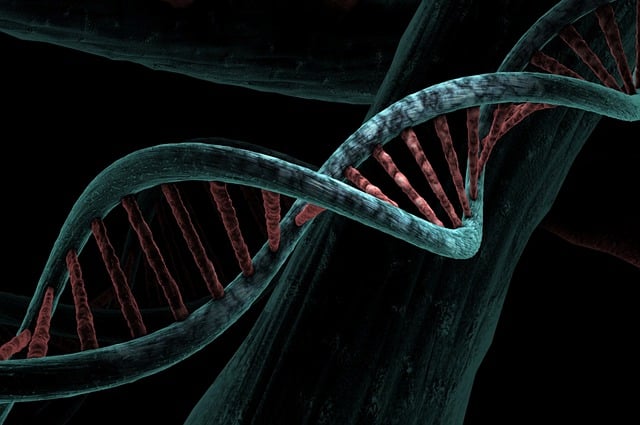Scientists have known that many of us possess small amounts of Neanderthal DNA in our genes for many years now. A study conducted in 2024 revealed that a subset of these ancient variants occurs more often in individuals who are on the autism spectrum than in control groups. However, these findings don’t suggest that Neanderthal DNA causes autism, or that autistic individuals have more of their DNA than others. Rather, it has been indicated that certain inherited variants could slightly increase susceptibility in some individuals. In this article, we will take a closer look at this newly discovered link between autism and Neanderthal DNA.
The Study on Autism and Neanderthal DNA

For the study, the research team first analyzed whole-exome sequences of individuals with autism and their non-autistic siblings sourced from the SPARK database. They then compared those sequences to ethnically matched controls sourced from the 1000 Genomes Project. They weren’t trying to count the amount of Neanderthal DNA, but rather were testing whether certain Neanderthal-derived single-nucleotide polymorphisms (SNPs) popped up more often in autistic probands than in the controls. This basically means that they were looking for certain DNA changes known to come from Neanderthals, not counting how much Neanderthal DNA each person carried. The researchers specifically focused on white non-Hispanics, white Hispanics, and Black non-Hispanics. They then looked for particular enrichments using a catalog of variants derived from Neanderthal DNA.
Results of the Study

The results of the study revealed that rare variants derived from Neanderthal DNA were considerably enriched in the autistic probands compared to the controls. The authors noted 25 particular DNA changes that showed up more often in autistic individuals across some ancestry groups. Some of these changes were linked to various issues sometimes associated with autism. These issues include language regression, epilepsy, and intellectual disabilities in some groups. The researchers also looked at certain genes that are responsible for how remote parts of the brain communicate with each other. They found that the visual-processing circuits ran “hotter” while the network associated with social reflection and daydreaming ran “cooler”. This matches certain traits reported by individuals with autism: social fatigue and strong pattern recognition.
Why Did These Variants Persist?

One theory suggests that it could be because Neanderthals most likely formed small bands of tightly-knit individuals. Therefore, visually oriented activities such as looking for prey or searching for resources outweighed the complicated social interactions of larger groups. When groups of Homo sapiens eventually interbred with Neanderthals, these perceptual abilities likely proved beneficial enough to remain. While the researchers aren’t suggesting that autism is caused by Neanderthal, they do indicate that specific inherited variants can potentially raise the chances of certain traits arising. Not only were these little tweaks beneficial in the time of our ancient ancestors, but they still offer benefits in tasks that require pattern recognition and an eye for detail and logic in our modern era.
Autism Is Polygenic

Autism is known to be polygenic, which means that many genes could contribute small effects, while a couple of rare variants can result in larger effects. Development and environment also matter, and the variants in this study likely only had a small influence. Furthermore, most humans have around the same amount of Neanderthal DNA, so it is more about which particular variants they have, not the amount they have. In a statement released by the team, the researchers stated, “We hope this research will lead to further investigation into the ongoing influences of ancient hybridization between Homo sapiens and Neanderthals in brain development, human intelligence, and overall human health, as well as spur work into additional clinical resources for this complex population.”
Since Neanderthal circles were typically small, natural selection was often not as efficient as with larger groups, so potentially harmful variants may have stuck around. After interbreeding, those variants entered bigger populations of humans, but many of them were removed over time due to natural selection. Yet, we cannot simplify the matter and talk about “good” or “bad” DNA. A variant that once helped fight against infections in the era of the Neanderthals could affect brain development in the modern era. Depending on lifestyle and place, evolution will often trade off various risks and benefits. Additionally, certain traits have stuck around because they proved to help us, such as certain metabolic or immune genes.
The Bottom Line on Autism and Neanderthal DNA

The next step is confirmation of these findings through replication in other datasets. After that, functional studies need to be conducted to determine how these variants affect cells. This study has provided scientists with a list of ancient variants that can now be studied more closely. A small percentage of our ancient Neanderthal heritage may potentially contribute to the risk of developing autism. Yet, it is only one small part in a much larger picture. However, each new discovery, no matter how nig or small, helps bring that picture into clearer view.
Read More: 65,000-Year-Old Evidence of Neanderthal ‘Tar Factory’ Unearthed in Cave

